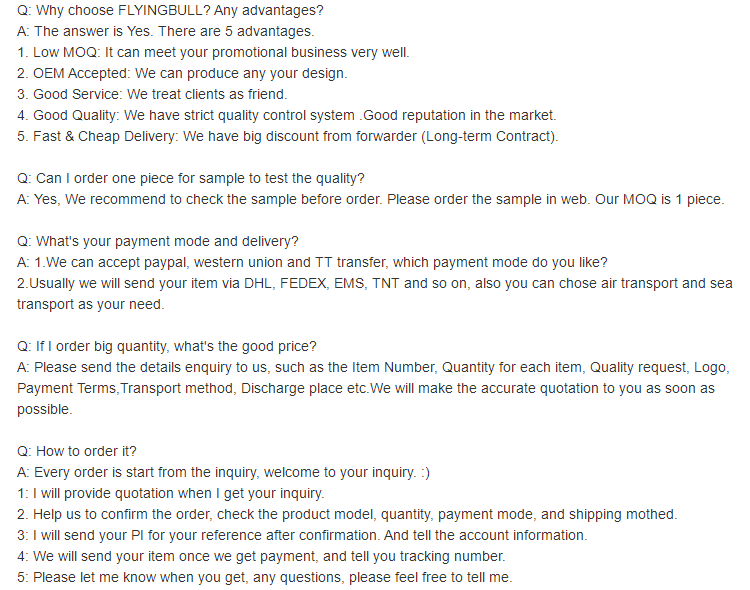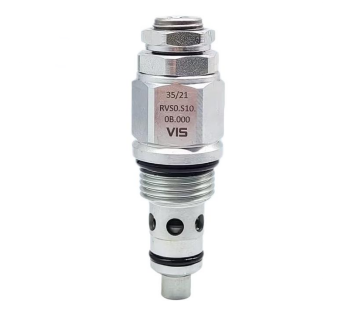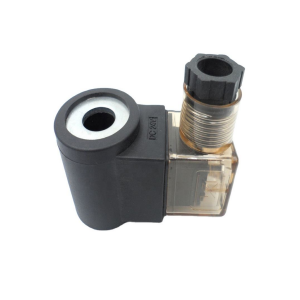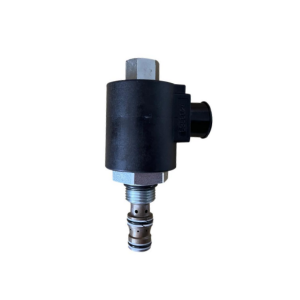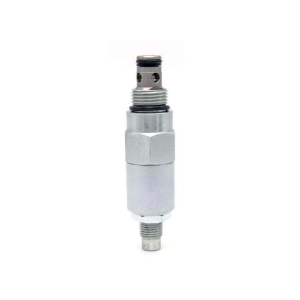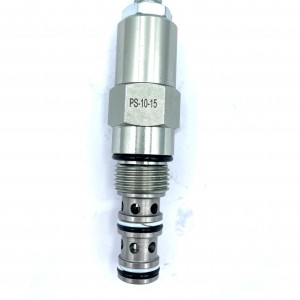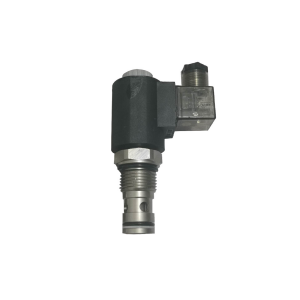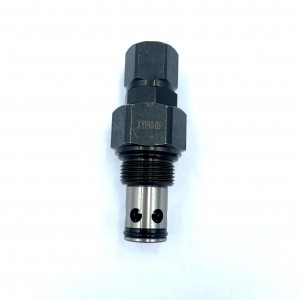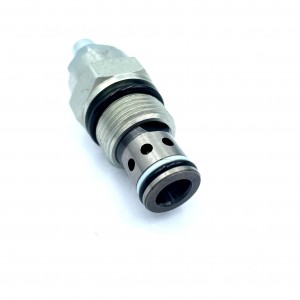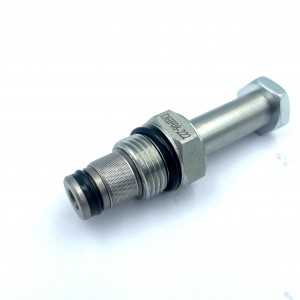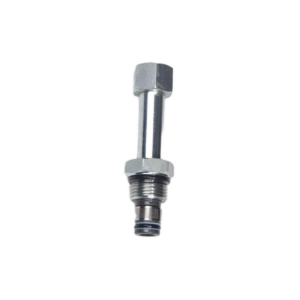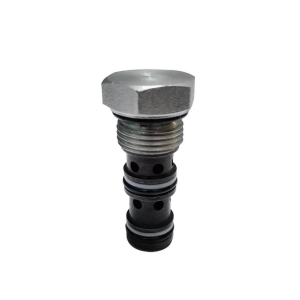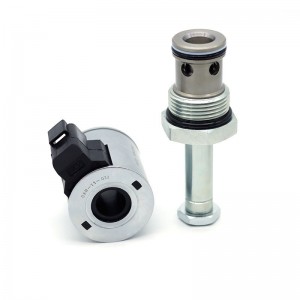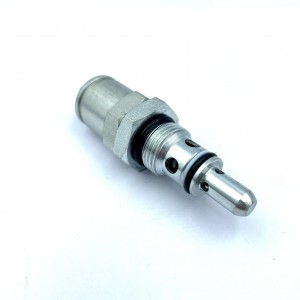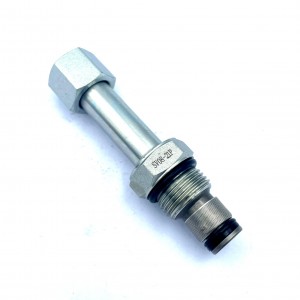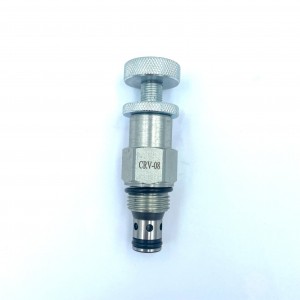Excavator hydraulic pump solenoid valve 174-4913 solenoid valve
Details
Sealing material:Direct machining of valve body
Pressure environment:ordinary pressure
Temperature environment:one
Optional accessories:valve body
Type of drive:power-driven
Applicable medium:petroleum products
Points for attention
Definition and function of relief valve
An relief valve is a device used to regulate fluid pressure, usually installed in a hydraulic system. Its main function is to prevent the liquid pressure from exceeding the range that the system can withstand, thus protecting the maximum operation of the system. The relief valve automatically adjusts the flow of the fluid, so that the fluid flows out of the system after exceeding a certain pressure when passing through the valve, so as to avoid equipment damage and accidents caused by excessive pressure. The relief valve is operated mechanically or electrically, and different relief pressure ranges can be set according to the needs of the system. It has simple structure and convenient operation, and is widely used in the field of fluid control. The main parameters of the relief valve include maximum working pressure, maximum flow rate and setting pressure. In the hydraulic system, the relief valve is an essential key component, and its normal operation is very important to protect the equipment of the system and improve the efficiency of the system. Through the use of the relief valve, we can effectively control the direction and pressure of the liquid flow, so that the system can get the best operating effect under the stable working state, therefore, the relief valve is one of the indispensable important devices in modern fluid control technology.
Product specification
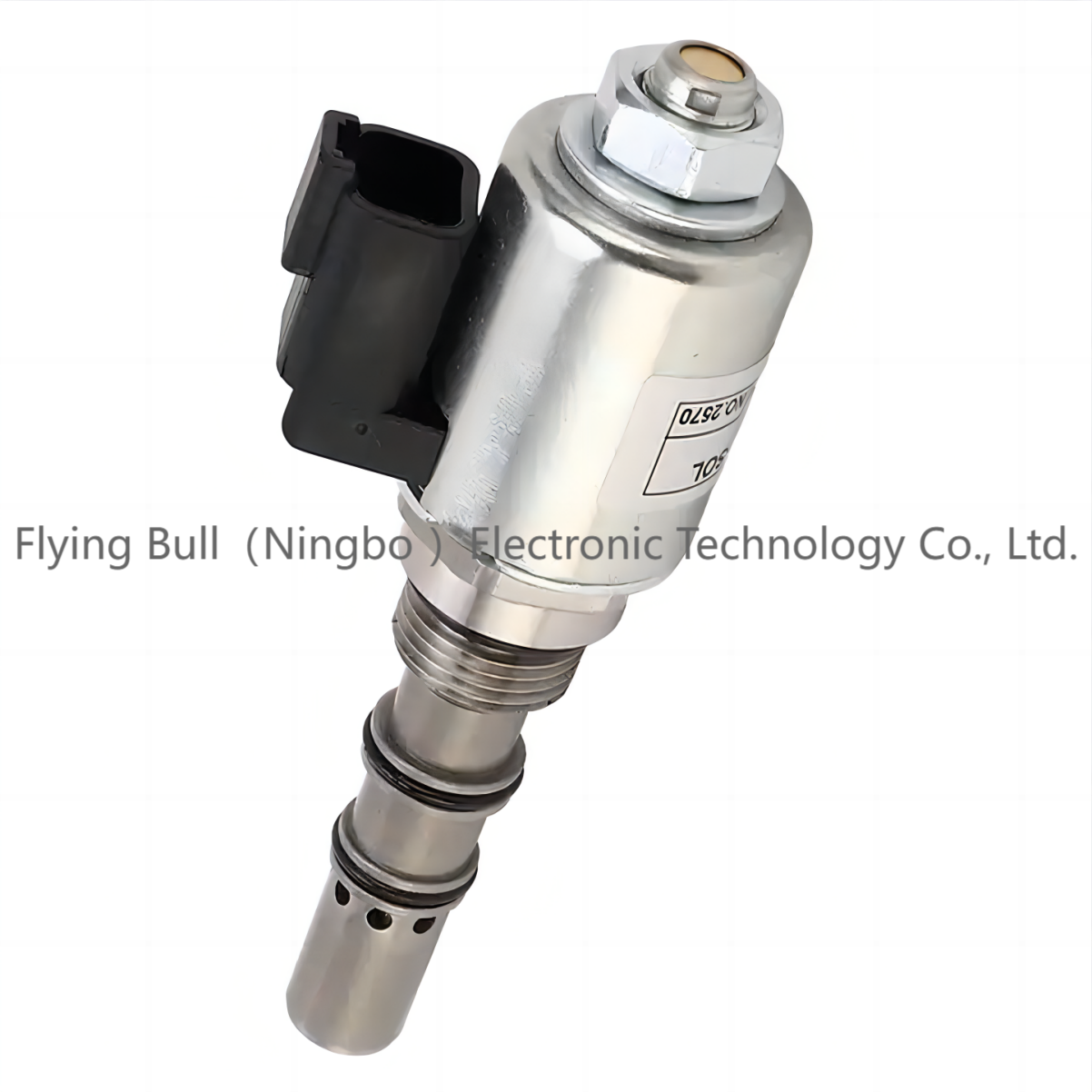
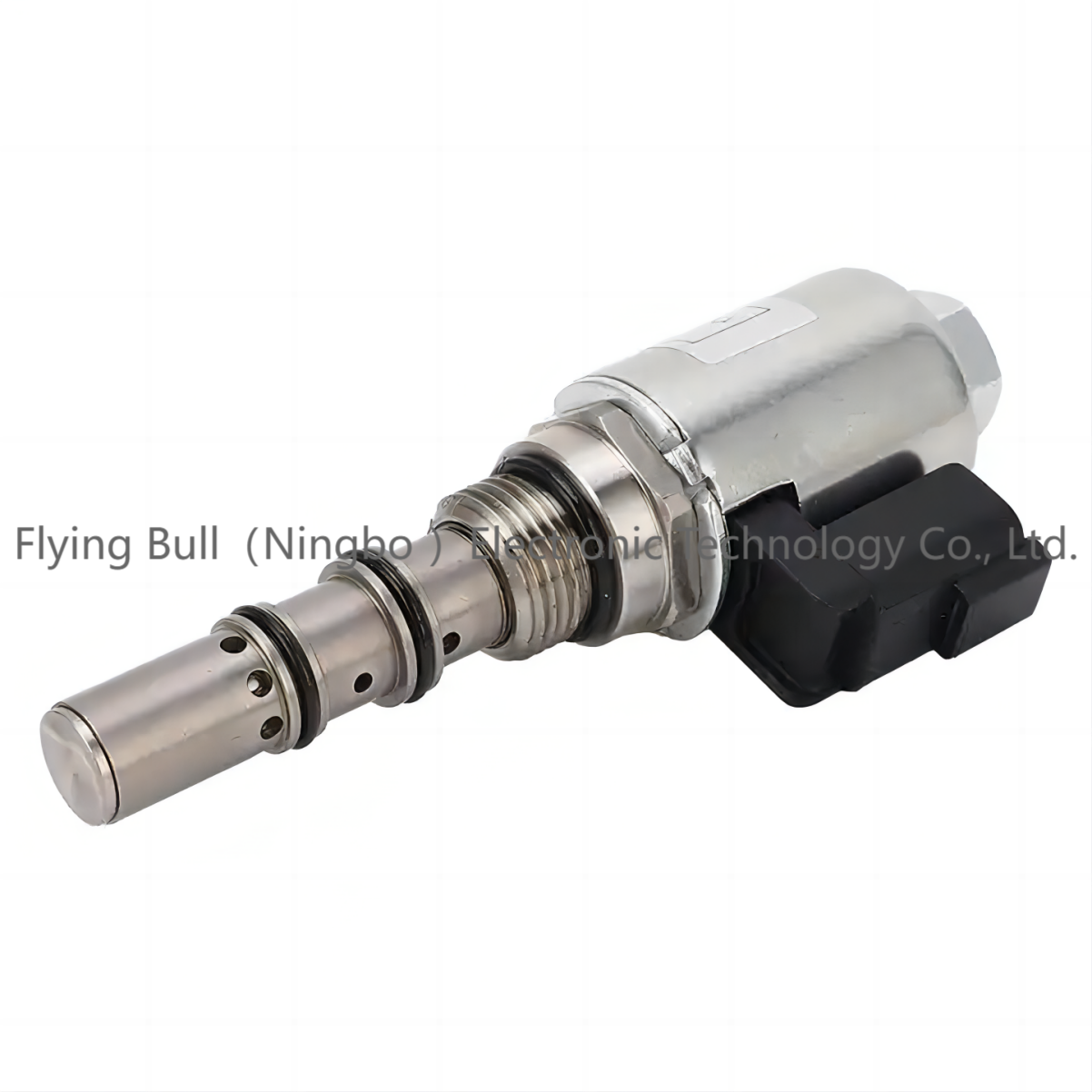
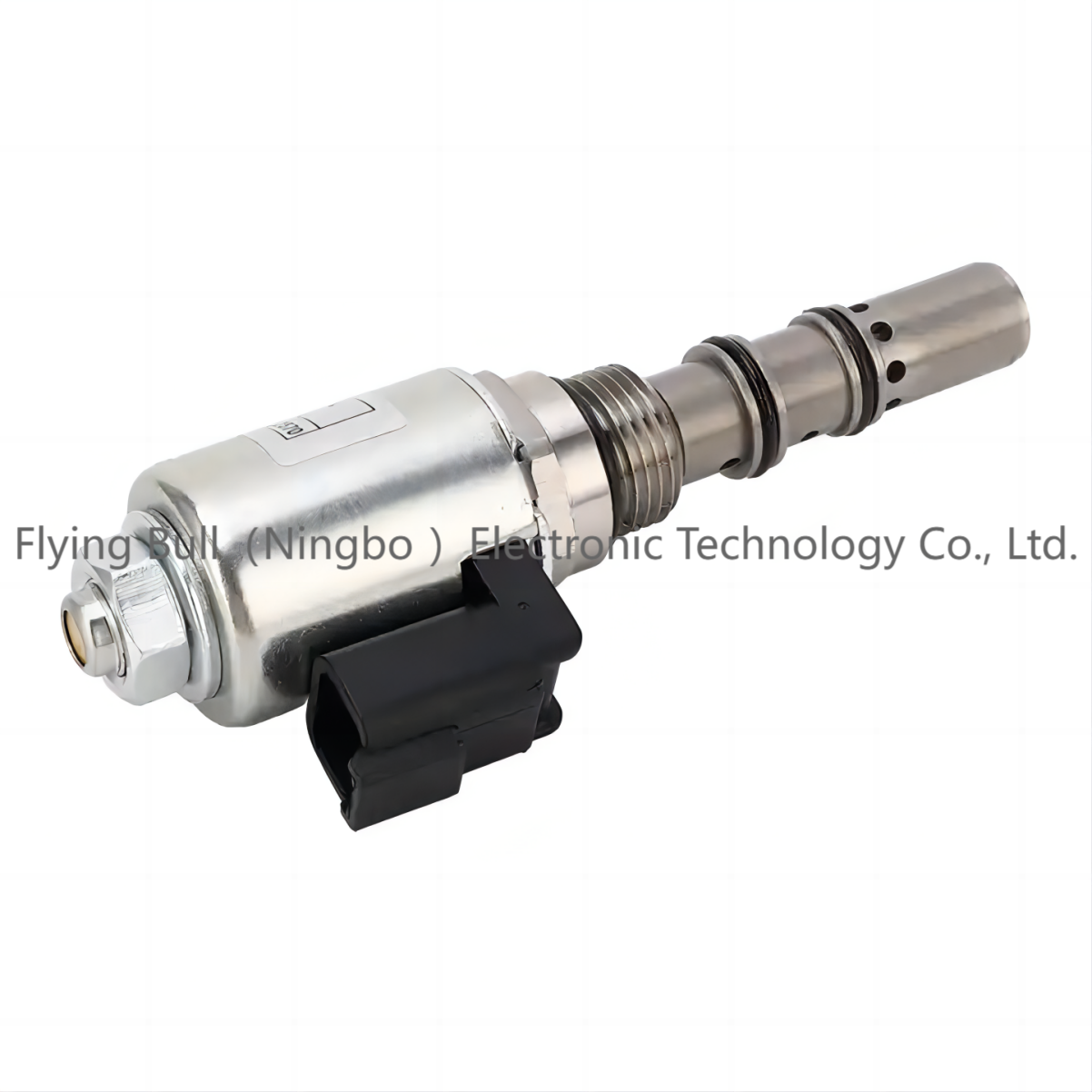
Company details






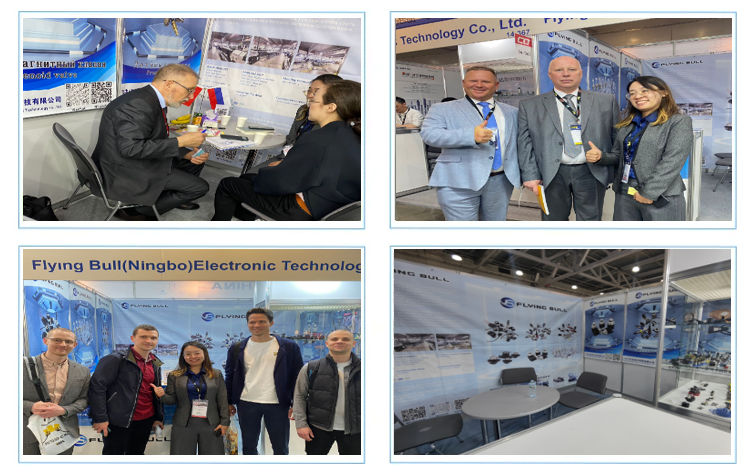

Company advantage
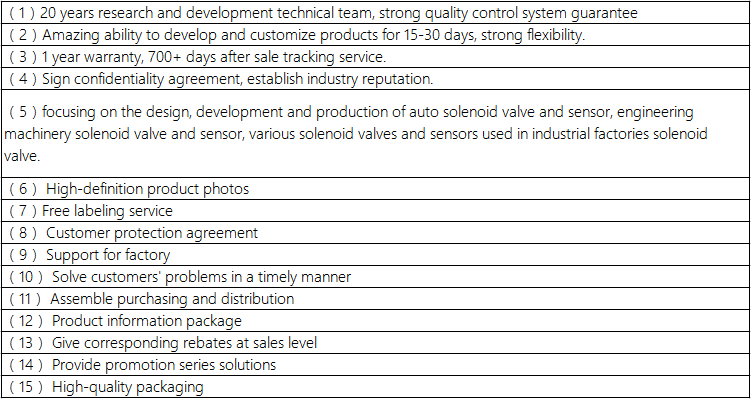
Transportation

FAQ
